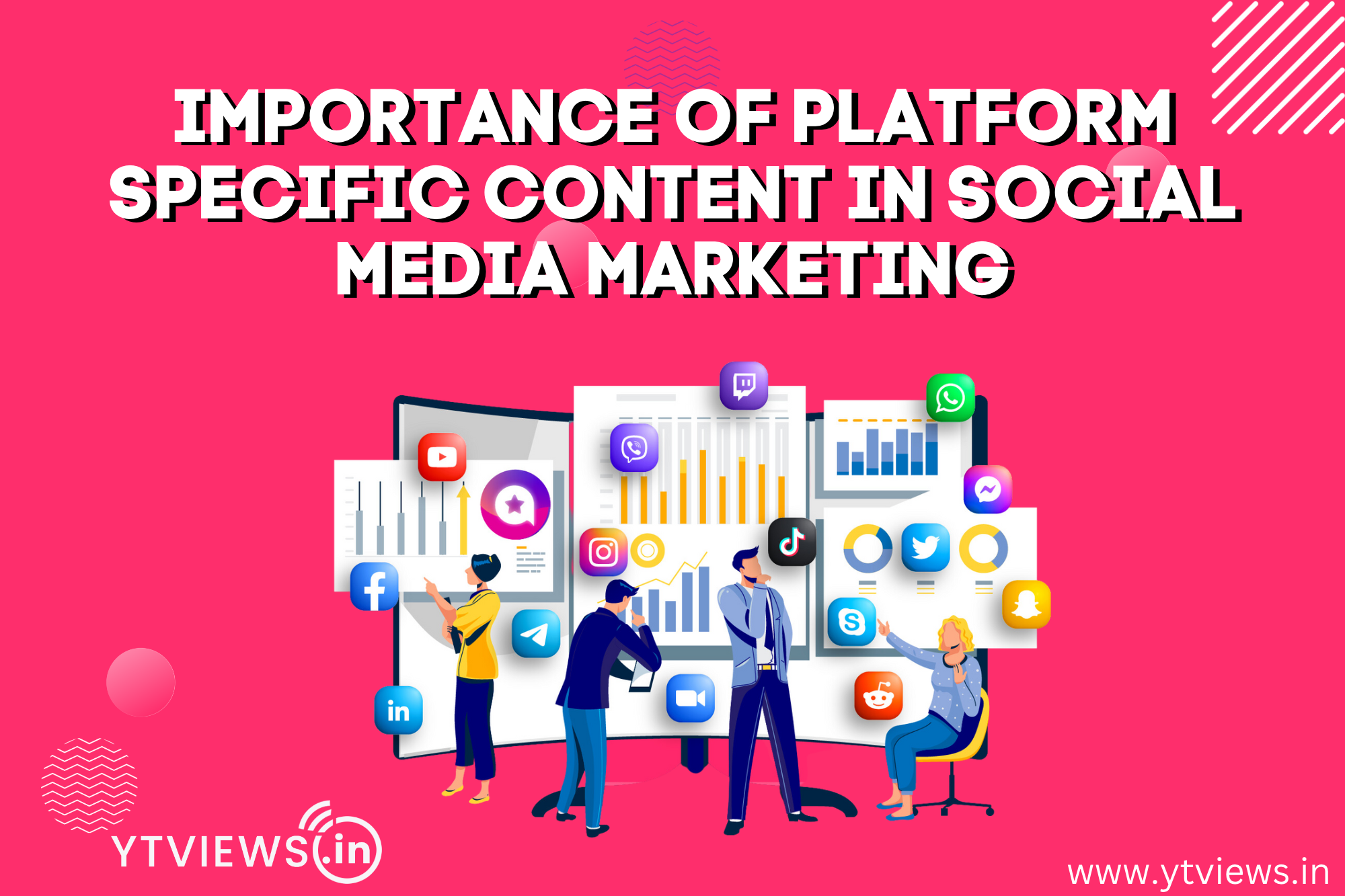Importance of platform-specific content in social media marketing
 A ‘one-size-fits-all’ approach never works in social media marketing, and not all content is suitable for every social media platform. When you’re communicating a message across multiple channels, creating platform-specific content is key to maximizing your impact, as is simply playing by the rules of each platform.
A ‘one-size-fits-all’ approach never works in social media marketing, and not all content is suitable for every social media platform. When you’re communicating a message across multiple channels, creating platform-specific content is key to maximizing your impact, as is simply playing by the rules of each platform.

Many tools and plug-ins allow you to publish your posts across all platforms at once, but sharing the same piece of content across Facebook, Instagram, Twitter, and LinkedIn will negatively impact your results, and make your channels look unprofessional.
Audiences

Every social media platform caters to its own particular audience. This can be as clear-cut as the obvious demographic differences across platforms – e.g. younger audiences favor TikTok and Snapchat rather than Facebook and LinkedIn. As well as this, while you may find the same people on multiple platforms, each one operates its own bubble. Therefore, each audience has particular expectations for the content they anticipate and want to see on the platform. So you should carefully tailor your content across platforms based on its audience’s demographics, interests, and expectations.
Style of communicating
It’s natural for most of us to communicate differently depending on who we are talking to and the setting we are in. Social media is no different, and different platforms all have different styles of communicating. These can be across delivery specifications such as use of hashtags and emojis, and caption length, but also across tone of voice, style of writing, and the messages we communicate. You might write medium length captions with a light-hearted tone and lots of hashtags on Instagram, while on LinkedIn you’ll want to go for a more formal tone, lengthy captions, and only a couple of hashtags incorporated into your caption.
Format specifications
This point is very important – it’s great to tailor your messages, communication, and style across platforms, but you simply have to make sure that your assets are adapted properly for each platform. Why? Because each platform has detailed format specifications for images, graphics, and videos.
Say you are creating a social media content schedule for a targeted campaign, and you are planning to push a link to your campaign landing page across all your social platforms. Write bespoke captions for each of your platforms, to make sure you are adopting the right tone and style for each one.









































